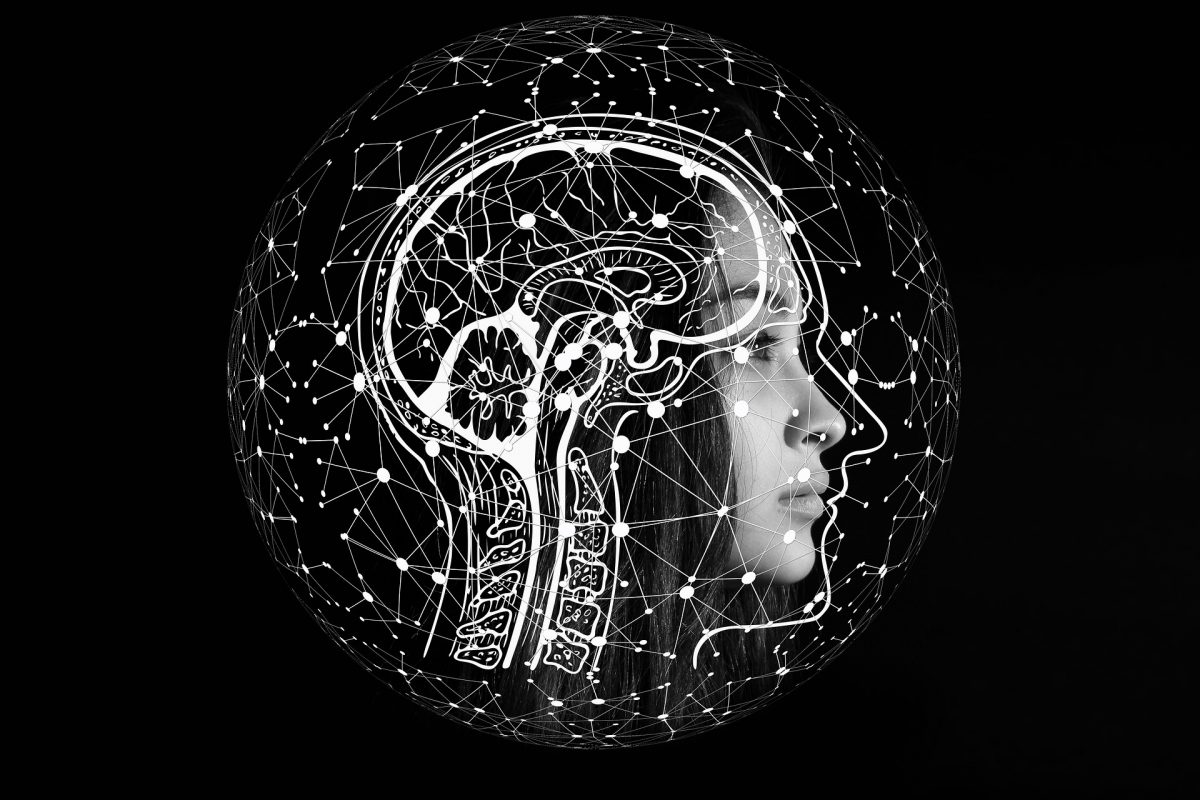
The Difference Between Thoughts & Memories + How to Rewire Thoughts & Heal Painful Memories
Dr. Caroline Leaf – In this podcast (#308) and blog, I am going to explain the difference between thoughts and memories, as this is a question I get a lot, and there seems to be quite a bit of confusion surrounding the topic!
We experience events and circumstances all the time—this is what it means to be immersed in life. We respond and react to events all day long and sort them into experiences while we sleep. This is what I call our “mind-in-action”, which makes a product: a thought. A thought is a real physical thing made of proteins and chemicals that occupies mental real estate in the brain as a tree-like structure on our neurons, and as gravitational fields in the mind, as well as in DNA in the body.
These thoughts look like trees, and, like a tree, are made of roots and branches. These are our memories—the “root” and “branch” memories. The thought itself is the concept, or the big idea. Inside the thought are the embedded memories. There can be any number of memories, thousands even, in one thought, just as there are hundreds or even thousands of branches and roots on a tree.
What all this means is that a thought tree is literally built into the brain as you use your mind in response to your experiences, or in other words, as you think, feel and choose in response to life. This means we as humans literally have trillions of thoughts, and how we build them and use them to function is what we talk about as memory or thought formation. For example, the thought could be “I am concerned about a family member”. There will be hundreds or perhaps thousands of memories related to this thought. The thought is the big picture, and the details of the thought are the memories.
There are three types of memories in a thought:
- Informational memories, which are all the details: the particulars, facts, data, associations, links, and so on associated with that thought. These are like the branches on a thought tree.
- Emotional memories, which are the feelings associated with the informational memories. These are like the leaves on the branches of a thought three.
- Physical memories, which are the physical embodiments of the sensations experienced at the time the thought was built. These are coupled with the emotional memories and informational memories.
Using the analogy of a tree, the thought is the big concept: the whole tree with the branches, leaves and roots. The roots are the source, the origin; for example, the book you are reading, the conversation you are having, this podcast you are listening to, and so on. The branches and leaves are how you interpret the information from your unique perspective, and how you will use the information (how it will manifest in your communication and behavior).
To read the original article click here.






